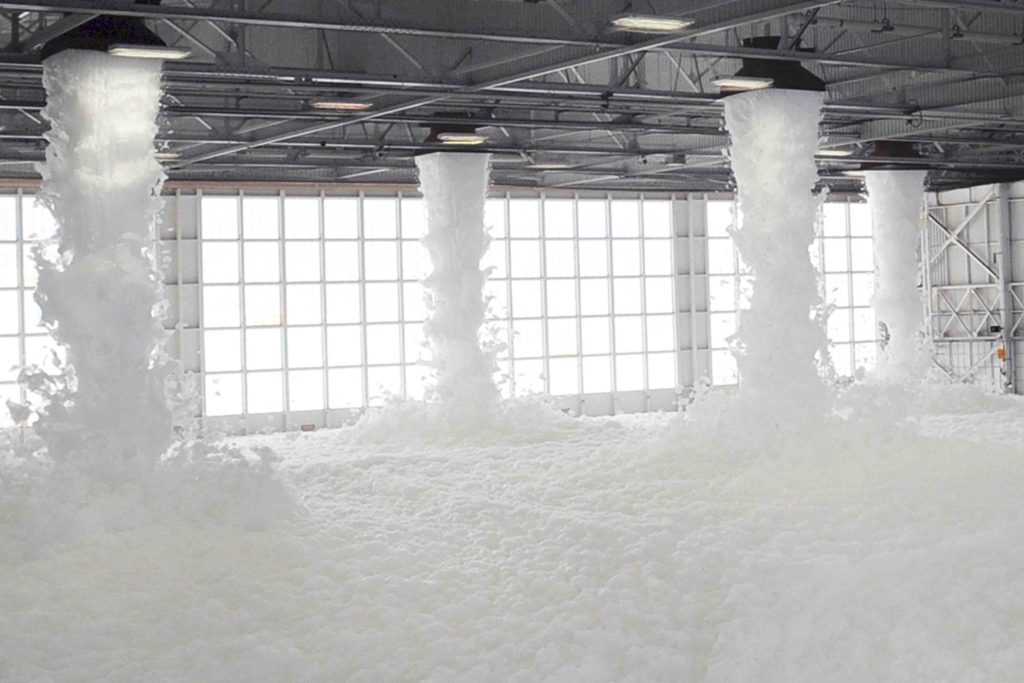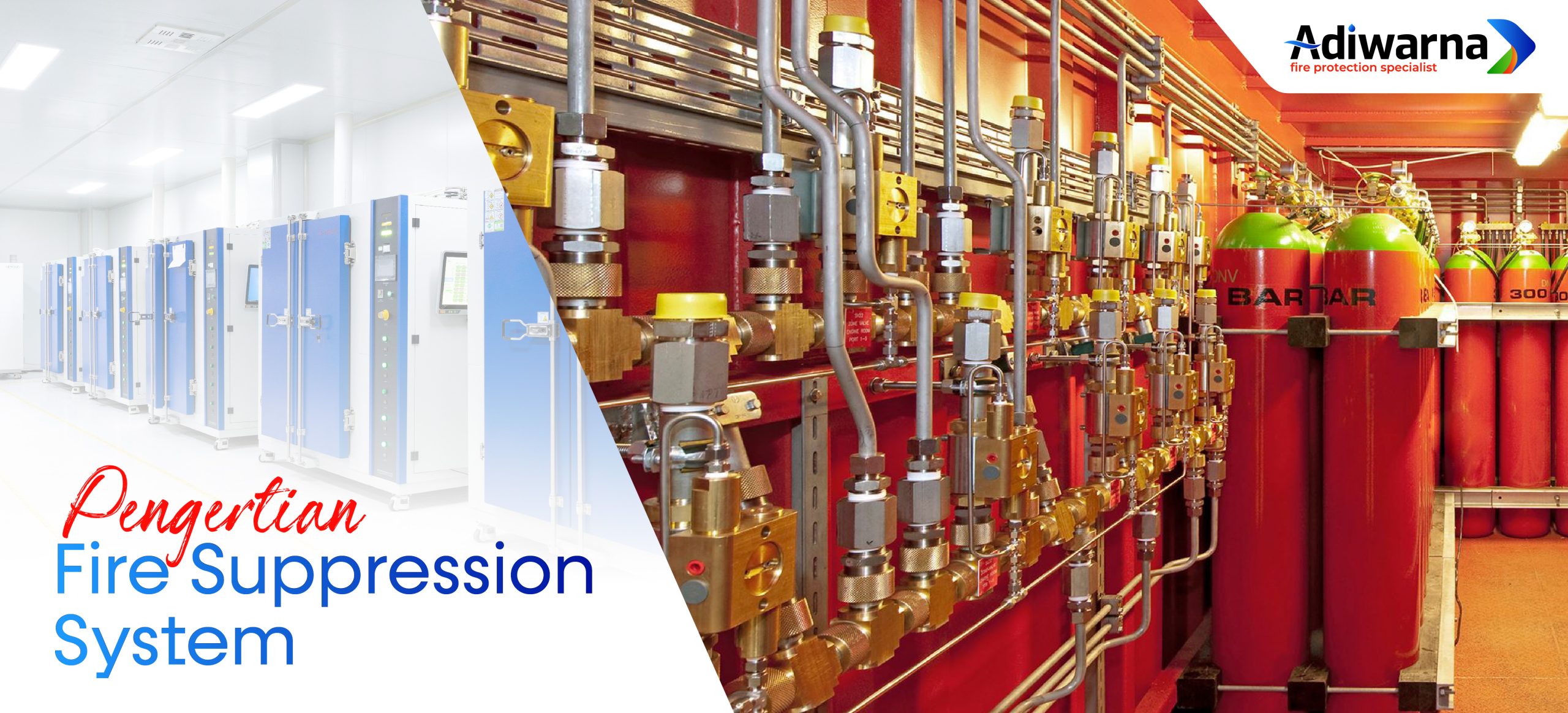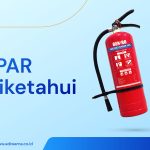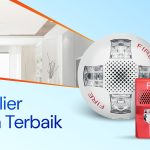Fire is a serious risk that can cause great losses, both in terms of material and human safety. One of the technologies used to prevent and overcome fires is a fire suppression system. Understanding what a fire suppression system is is very important.
This system is designed to detect, control and extinguish fires automatically or manually, thereby reducing the impact of fires on buildings or valuable assets.
In this article, we will discuss what is a fire suppression system, the types, how they work, and the extinguishing media used in this system.
What is a Fire Suppression System?
A fire suppression system is a mechanical and electrical system that functions to detect and extinguish fires using certain extinguishing media, such as gas, foam, or dry chemicals.
Unlike conventional fire extinguishing systems such as water sprinklers, fire suppression systems are more effective in protecting electrical equipment and important documents because they do not leave harmful residues.
Types
There are several types used according to the needs and environment to be protected. Here are some of them:
1. Gas Based Fire Suppression System
This system uses special gases that do not leave residue and are safe for the environment and electronic equipment. Examples of clean agents that are often used are:
- CO2 (Carbon Dioxide) – Suitable for fires in server rooms and electrical panels.
- FM-200 – Effective for areas with sensitive equipment such as archives and laboratories.
- Novec 1230 – An environmentally friendly alternative widely used in modern industry.
2. Foam-based Fire Suppression System

This system uses a mixture of foam and water to cover the surface of the fuel, preventing contact with oxygen so that the fire can be extinguished. Suitable for the oil and gas industry, as well as areas that store hazardous chemicals.
3. Dry Chemical-Based Fire Suppression System
Used for fires involving materials metal or electrical equipment that is sensitive to water. Some types of dry chemicals that are commonly used include:
- Sodium Bicarbonate
- Monoammonium Phosphate
- Potassium Bicarbonate (“Purple K”)
How it works
Fire suppression systems work by removing one of the elements in the Fire Triangle (fuel, oxygen, heat) or the Fire Tetrahedron (chemical chain reaction). Here are the main working mechanisms:
- Early Detection – Smoke or heat sensors detect signs of fire.
- System Activation – The system activates the alarm and automatically sprays extinguishing media into the area affected by the fire.
- Fire Fighting – Extinguishing media such as gas, foam, or dry chemicals work to remove oxygen or cool the source of the fire.
- Re-Fire Prevention – Some systems have technology to prevent the fire from reigniting after it has been extinguished.
Its Use in Various Areas
This system is widely used in various sectors, especially in areas with high fire risk or that store high-value assets, such as:
- Server rooms and data centers
- Archive room and library
- Chemical plants and manufacturing industries
- Electronic goods storage warehouse
- Electrical panel room and industrial control center
Conclusion
Fire suppression systems are an effective solution for preventing and controlling fires in various environments. By understanding the definition of fire suppression systems, their types, and how they work, business owners and building managers can choose the system that best suits their needs.
Understanding what a fire suppression system is and using it properly not only helps prevent material losses, but also protects lives and valuable assets. Therefore, investing in this system is very important for industries that want to improve safety against fire risks.
For business owners, factory owners, or building owners who need assistance with fire suppression system installation, please contact us. PT Adiwarna Anugerah Abadi Tbk.







